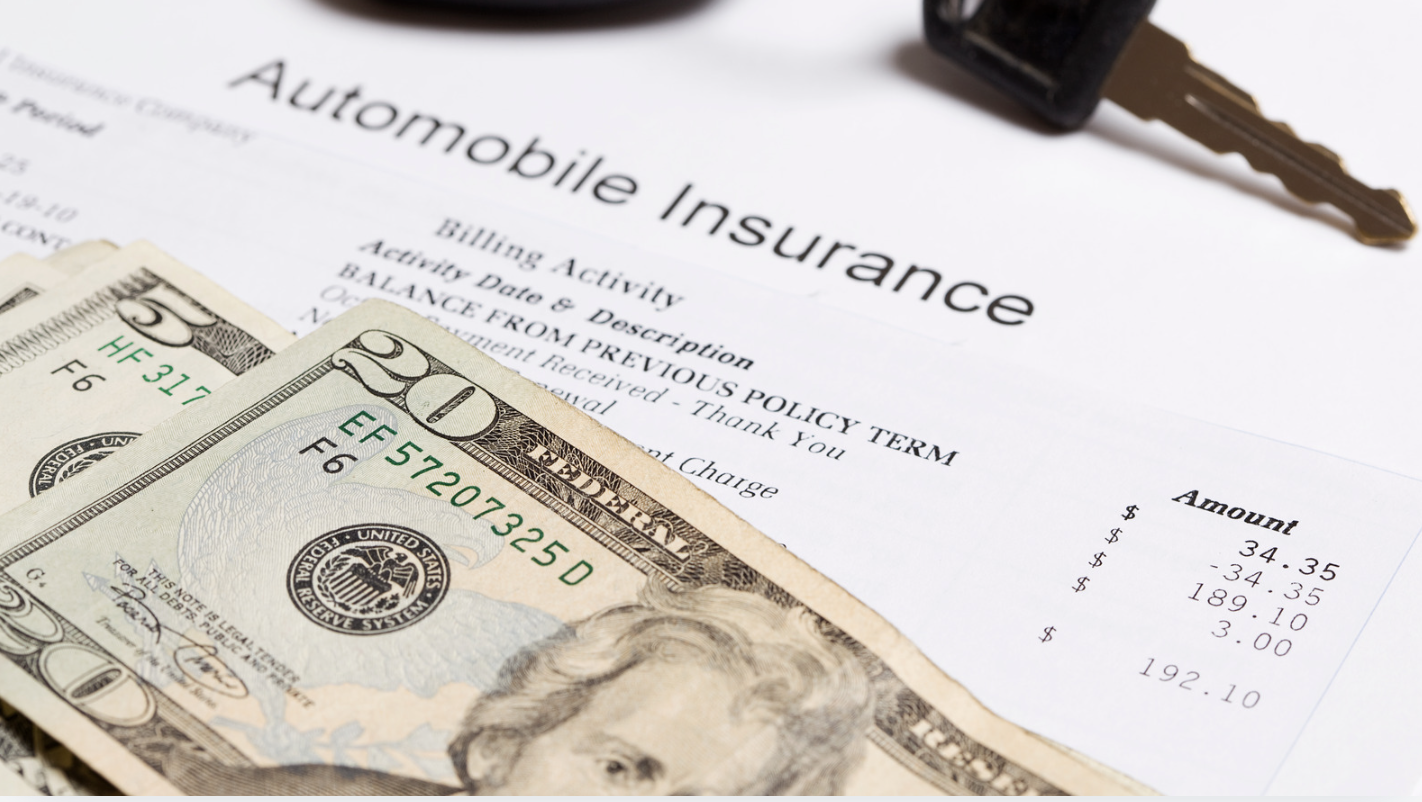Auto insurance is a necessary expense for every driver, but that doesn’t mean you should overpay for it. Many drivers are unaware that they can reduce their premiums without sacrificing essential coverage. By taking advantage of discounts, improving your driving habits, and adjusting your policy wisely, you can lower your auto insurance costs while still maintaining the protection you need.
In this article, we’ll explore practical strategies for reducing your auto insurance premiums without compromising your coverage.
1. Shop Around and Compare Quotes
One of the most effective ways to lower your auto insurance premiums is to shop around and compare quotes from multiple insurance companies. Rates can vary significantly between providers, even for the same coverage. By comparing quotes, you can find the best rate for the coverage you need.
Tips for comparing quotes:
- Use online comparison tools: Many websites allow you to compare quotes from multiple insurers quickly and easily.
- Contact agents directly: Speaking with an insurance agent can sometimes help you find discounts or special deals that aren’t available online.
- Review more than just the price: When comparing quotes, make sure to look at the coverage limits, deductibles, and additional benefits included in each policy. The cheapest option isn’t always the best if it doesn’t offer the protection you need.
2. Take Advantage of Discounts
Most insurance companies offer a variety of discounts that can significantly reduce your premiums. However, many drivers don’t take full advantage of these savings opportunities. Here are some common discounts you should inquire about:
a. Safe Driver Discount
If you have a clean driving record with no accidents or violations, many insurers offer a safe driver discount. This can save you anywhere from 10% to 30% on your premiums.
b. Multi-Policy Discount
Bundling multiple types of insurance—such as auto and homeowners or renters insurance—with the same company can result in substantial savings. This is called a multi-policy discount, and it can reduce your premiums by 10% to 25%.
c. Good Student Discount
If you or a family member on your policy is a student with good grades, you may qualify for a good student discount. This is typically available to high school or college students with a B average or higher and can result in savings of 5% to 20%.
d. Low Mileage Discount
If you don’t drive your car often, you could qualify for a low mileage discount. Insurers typically offer this discount to drivers who log fewer than 7,500 to 10,000 miles per year.
e. Safety Features Discount
If your car is equipped with modern safety features such as anti-lock brakes, airbags, or electronic stability control, you may be eligible for a discount. Some insurers also offer discounts for vehicles with anti-theft devices.
f. Usage-Based Discounts
Many insurance companies offer usage-based insurance programs that track your driving habits using a mobile app or a device installed in your car. If you’re a safe driver, you could earn significant discounts based on your actual driving behavior, including safe driving habits like smooth braking and steady speeds.
3. Raise Your Deductibles
One of the simplest ways to lower your premiums is to raise your deductibles. The deductible is the amount you agree to pay out of pocket before your insurance coverage kicks in after an accident. By increasing your deductible, you can lower your monthly premium.
How much should you raise your deductible?
- Typical deductible amounts: Common deductibles range from $250 to $1,000. By increasing your deductible from $250 to $500 or from $500 to $1,000, you can significantly lower your premium.
- Consider your financial situation: While raising your deductible can save you money on your premium, be sure you can afford to pay the deductible out of pocket in the event of a claim.
4. Consider Usage-Based or Pay-Per-Mile Insurance
If you’re a low-mileage driver or a safe driver, you may want to consider switching to a usage-based or pay-per-mile insurance policy. These policies base your premiums on how much you drive and how safely you drive, rather than charging a flat rate.
a. Usage-Based Insurance
Usage-based insurance (UBI) programs use telematics technology to track your driving habits. Safe drivers who avoid speeding, harsh braking, and rapid acceleration can often earn substantial discounts. Some insurers offer UBI programs under names like “Drive Safe and Save” or “SmartRide.”
b. Pay-Per-Mile Insurance
Pay-per-mile insurance charges you based on how much you drive. This type of policy can be ideal for people who drive infrequently, such as those who work from home or use public transportation regularly. Pay-per-mile programs charge a base rate plus a per-mile rate, so the less you drive, the less you pay.
5. Review and Adjust Your Coverage
Another way to lower your premiums is to review your coverage regularly and make adjustments based on your current needs. While you should never sacrifice necessary coverage, there are some areas where you might be able to make changes to reduce your costs.
a. Drop Collision and Comprehensive Coverage for Older Vehicles
If you have an older car that’s not worth much, you may want to consider dropping collision and comprehensive coverage. These coverages pay for repairs to your vehicle after an accident or non-accident-related incidents like theft or vandalism, but if the cost of repairs exceeds the value of the car, it might not be worth paying for these coverages.
- How to decide: If your car is worth less than 10 times the annual cost of collision and comprehensive coverage, it may make sense to drop them. You can find the current market value of your car using resources like Kelley Blue Book.
b. Lower Your Liability Limits if Appropriate
While it’s important to have enough liability coverage to protect yourself in case of a serious accident, some drivers may find that they’re carrying more liability coverage than necessary. Most states have minimum liability requirements, but you may not need to carry the maximum coverage if you don’t have significant assets to protect.
- How to balance: Be cautious when lowering liability limits. If you cause a major accident, having low liability limits could leave you on the hook for significant costs. Speak with your insurance agent to determine the right balance of coverage and cost for your situation.
6. Maintain a Good Credit Score
Many insurers use credit scores as part of their formula for determining premiums. Drivers with good credit scores tend to receive lower premiums because insurance companies believe they are less likely to file claims. By maintaining a strong credit score, you can reduce your auto insurance costs.
Tips for improving your credit score:
- Pay your bills on time.
- Keep your credit card balances low.
- Avoid opening too many new credit accounts at once.
- Regularly check your credit report for errors and correct any inaccuracies.
7. Drive Safely and Avoid Accidents
Your driving record is one of the most important factors that insurers use to determine your premiums. By driving safely and avoiding accidents, you can keep your record clean and qualify for lower premiums.
How to maintain a clean driving record:
- Follow traffic laws and speed limits.
- Avoid distracted driving (such as texting while driving).
- Take a defensive driving course, which can not only make you a safer driver but may also qualify you for a discount.
If you’ve had a ticket or accident in the past, consider asking your insurer if they offer accident forgiveness, a feature that can prevent your first accident from raising your premiums.
8. Pay Your Premium in Full
Many insurance companies offer a discount if you pay your premium in full upfront rather than in monthly installments. This discount is typically small—around 5% to 10%—but it can add up over time. If you have the financial flexibility to pay your premium in full, it’s a simple way to save money.
9. Review Your Policy Annually
Your auto insurance needs can change over time, and it’s important to review your policy each year to make sure it still meets your needs. By reviewing your policy, you can identify areas where you might be able to reduce coverage or take advantage of new discounts.
What to look for:
- Changes in your driving habits (e.g., if you now drive fewer miles or have a new vehicle).
- New discounts you might qualify for, such as completing a defensive driving course or adding safety features to your car.
- Adjustments to your coverage limits or deductibles based on changes in your financial situation or the value of your vehicle.
Conclusion
Lowering your auto insurance premiums doesn’t have to mean sacrificing coverage. By shopping around for the best rates, taking advantage of discounts, adjusting your coverage, and practicing safe driving habits, you can reduce your premiums while still maintaining the protection you need. Taking the time to review your policy and make smart decisions about your coverage can lead to significant savings over the long term.

